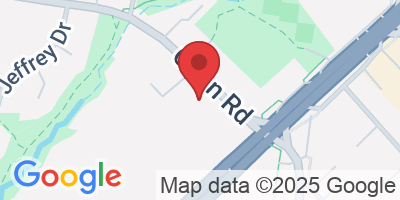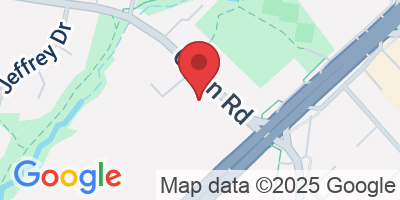Everything An Athlete Needs
In One Place
Our Strength and Conditioning Gym & Sports Rehab Facilities In Bundoora & Ringwood Help You Get Back To Sport & Maximise Your Performance

Excellent coaching and great programs set made for improving performance in your chosen sport, good facility and awesome vibes. - Angus
You Play Sport,
We Do The Rest.
Our Performance Consultants Are In The Corner Of Every Aspiring Athlete. We Provide A Complete System For Sports Performance, With Strength & Conditioning, Sports Physiotherapy, Concussion Management and Recovery Services At Our Facility.
Our Physios Have Been Trusted By

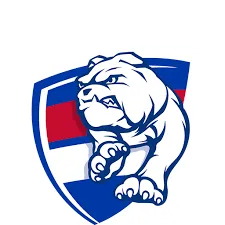
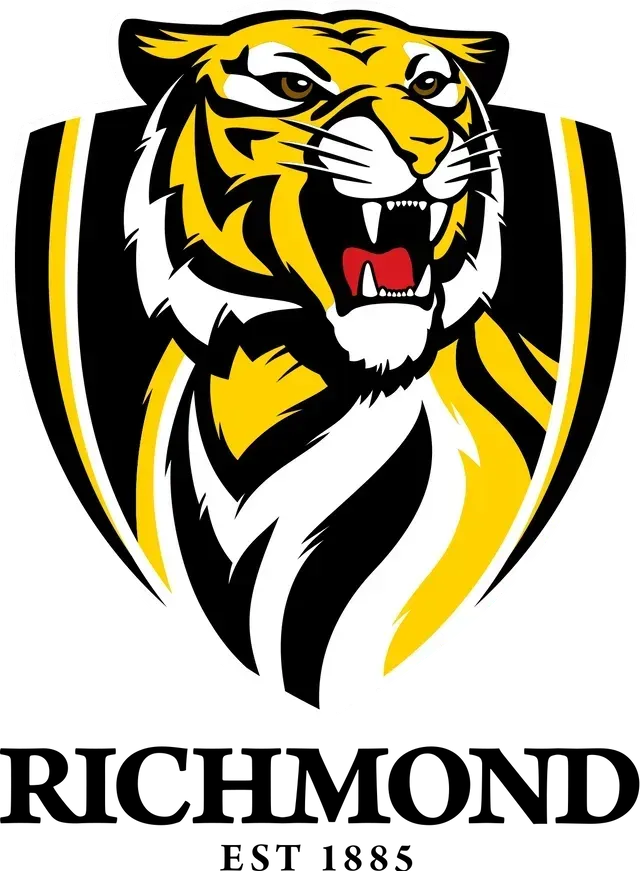
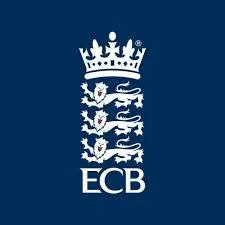


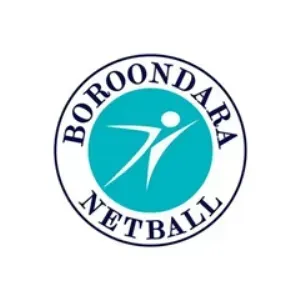






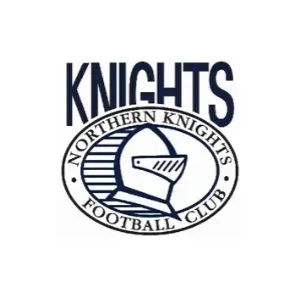















01

Athlete Performance Program
High Performance Training Throughout Your Entire Season.

Sports Physio
Sport Specific Injury Management & Prevention


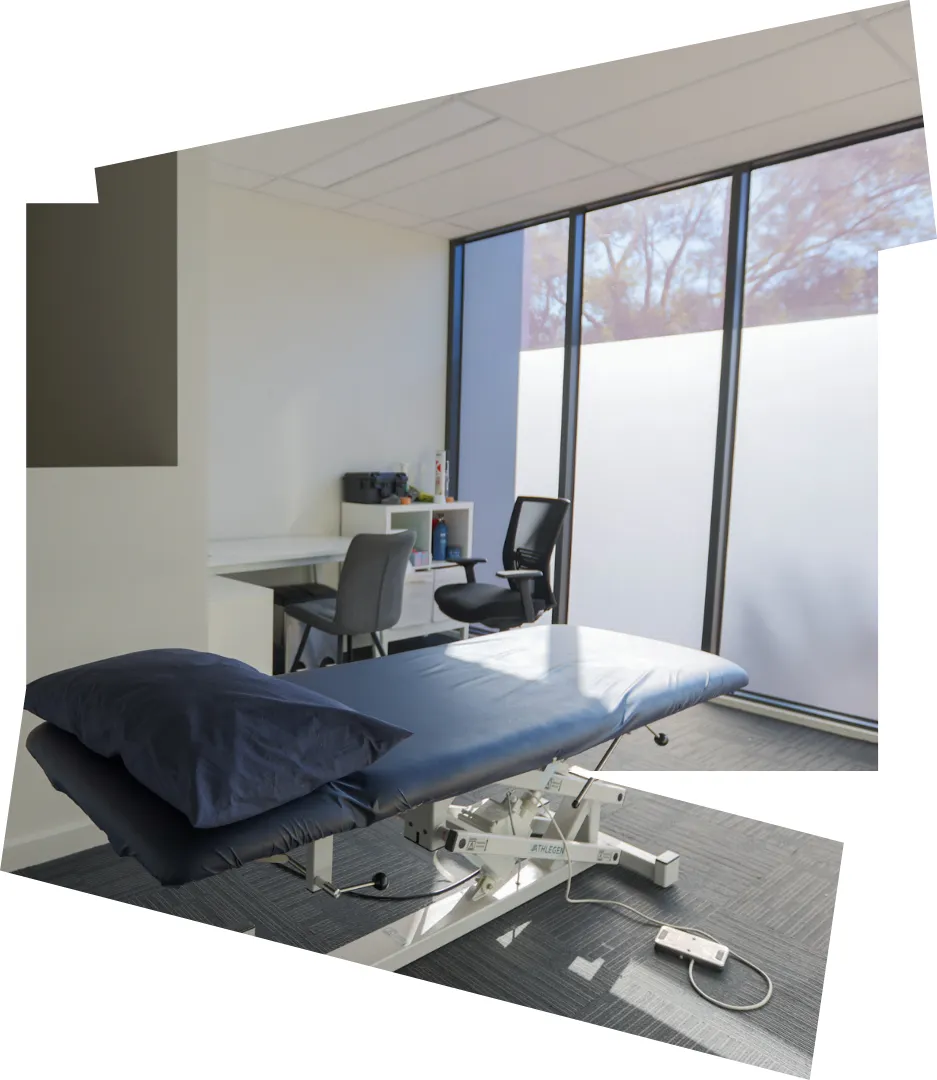

03

Concussion Clinic
Keeping Your Brain Safe With Up To Revolutionary Concussion Care
01

Athlete Performance Program
High Performance Training Throughout Your Entire Season.
02

Sports Physio
Sport Specific Injury Management & Prevention
03

Concussion Clinic
Keeping Your Brain Safe With Up To Revolutionary Concussion Care
Performance is for all of us.
We offer comprehensive coaching, team support, and science-backed tools to enhance every facet of life for all those we serve.
200+
5 Star Google Reviews
2000+
Athletes Coached
15+
Professional Athletes
Pivot Sports Performance
Coaches prepare you and your teams for workplace success.
With our experts and your commitment, athletes at our Bundoora & Ringwood facilities will excel in sports performance.
Testimonial
Here's What People Are Saying
Blogs
Latest and Greatest
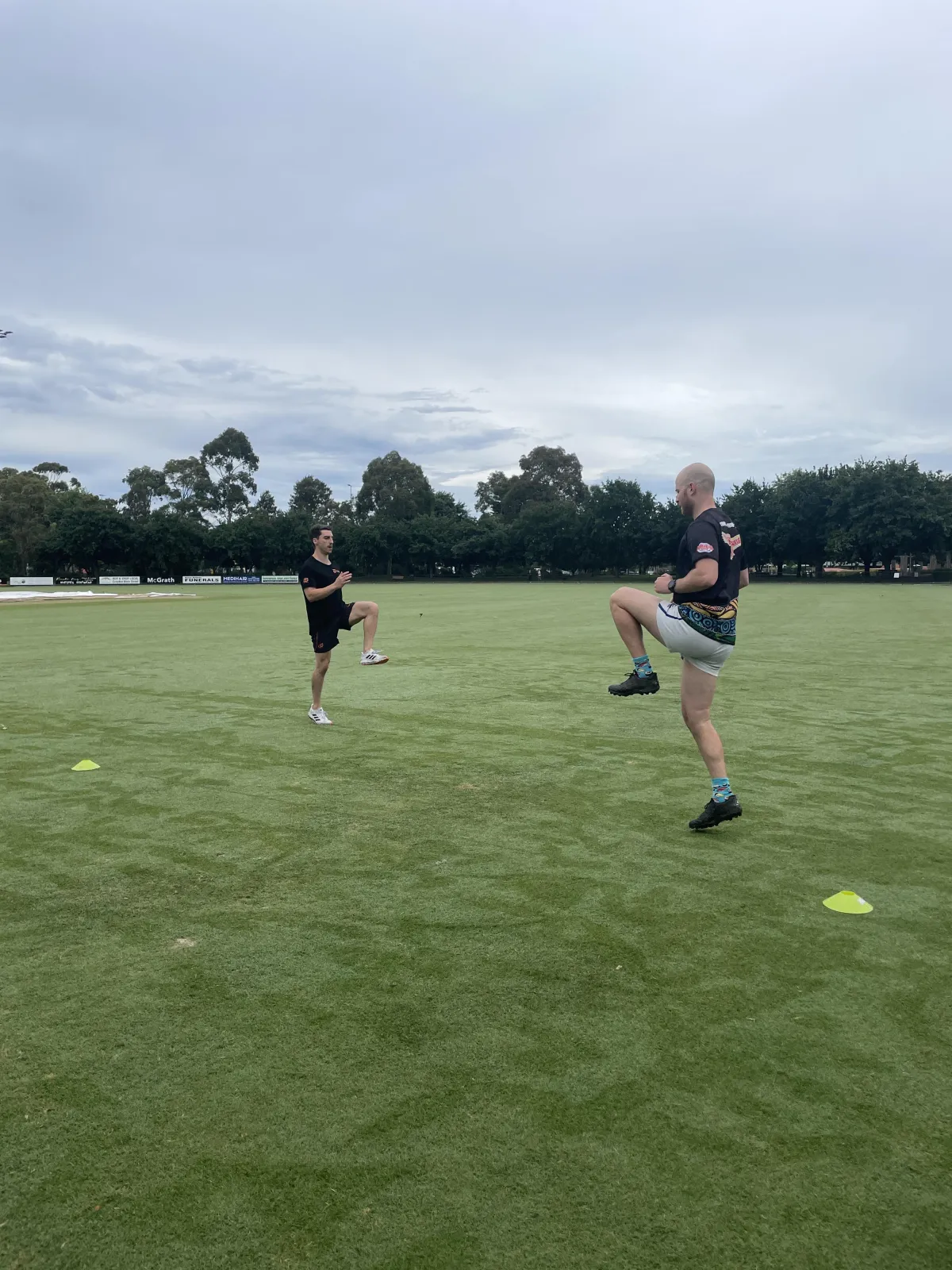
Understanding Patella Tendon, Quad Tendon & Osgood-Schlatter Injuries
🦵 Why Your Knee Still Hurts: Understanding Patella Tendon, Quadriceps Tendon & Osgood-Schlatter Injuries
If you’re an athlete dealing with knee pain during jumping, landing, squatting, or sprinting, there’s a high chance you’ve been told you have “jumper’s knee” — but not all tendon injuries are the same.
At Pivot Sports Performance, we treat patella and quadriceps tendinopathy in both developing and elite athletes. We also manage Osgood-Schlatter’s disease in adolescents. While they may all involve pain at the front of the knee, the source — and the rehab approach — differs.
Here’s how to tell them apart and why targeted rehab is key.
⚙️ 1. Patella Tendinopathy – "Jumper’s Knee"
Where it hurts: Bottom of the kneecap (inferior pole)
Who gets it: Jumping and sprinting athletes (basketball, volleyball, football, athletics)
Patella tendinopathy is caused by overload of the patella tendon, which connects the kneecap to the shin. It’s usually triggered by a spike in jumping, sprinting or landing load — especially during pre-season or sudden changes in training volume.
Common symptoms:
Pain with jumping or decelerating
Stiffness when warming up or after rest
Discomfort with stairs or single-leg loading
Tenderness directly below the kneecap
Rest often provides temporary relief — but without strength rehab, the pain comes back. Rehab must include tendon-specific loading (like isometric and heavy slow resistance work) and eventually plyometric drills to restore tendon capacity under speed and force.
⚙️ 2. Quadriceps Tendinopathy – Load at the Top of the Kneecap
Where it hurts: Just above the kneecap (superior pole)
Who gets it: Gym-goers, lifters, athletes doing heavy squats, sprinters, or older field athletes
Less commonly diagnosed but equally frustrating, quadriceps tendinopathy involves irritation at the point where the quadriceps tendon attaches to the top of the patella.
Common symptoms:
Pain with squatting under load
Difficulty with lunges or step-downs
Tenderness above the kneecap
Pain that worsens after gym sessions or kicking
The principles of rehab are similar to patella tendinopathy — progressive loading, running reintroduction, and technical drills — but care must be taken to avoid overloading the quad tendon with deep flexion or heavy eccentric work too early.
⚙️ 3. Osgood-Schlatter’s Disease – Adolescent Knee Pain
Where it hurts: The bony bump at the top of the shin (tibial tuberosity)
Who gets it: Athletes aged 10–16 during growth spurts
Osgood-Schlatter’s is a traction-related condition where the patella tendon pulls on a growth plate that hasn’t fully closed. It’s not a tendon tear or muscle strain — but it can be quite painful during sport.
Common symptoms:
Pain at the top of the shin during running, kicking, or jumping
Swelling or tenderness at the tibial tuberosity
Discomfort kneeling or squatting
Pain that flares with increased training or after rest
Osgood-Schlatter’s usually resolves after growth slows — but early treatment can keep athletes playing through the season. Rehab includes load control, quad strength and flexibility, and gradual reintroduction of sport activity.
✅ Final Thoughts
All three of these injuries can present similarly — but they require slightly different rehab pathways. Rest alone won’t fix tendon pain, and pushing through often leads to recurrence or compensation injuries.
At Pivot, we assess and treat each knee pain type using strength benchmarks, movement screening, and performance-based progression — helping you return to sport stronger, faster, and more resilient

Download Your
High Performance Hacks Here
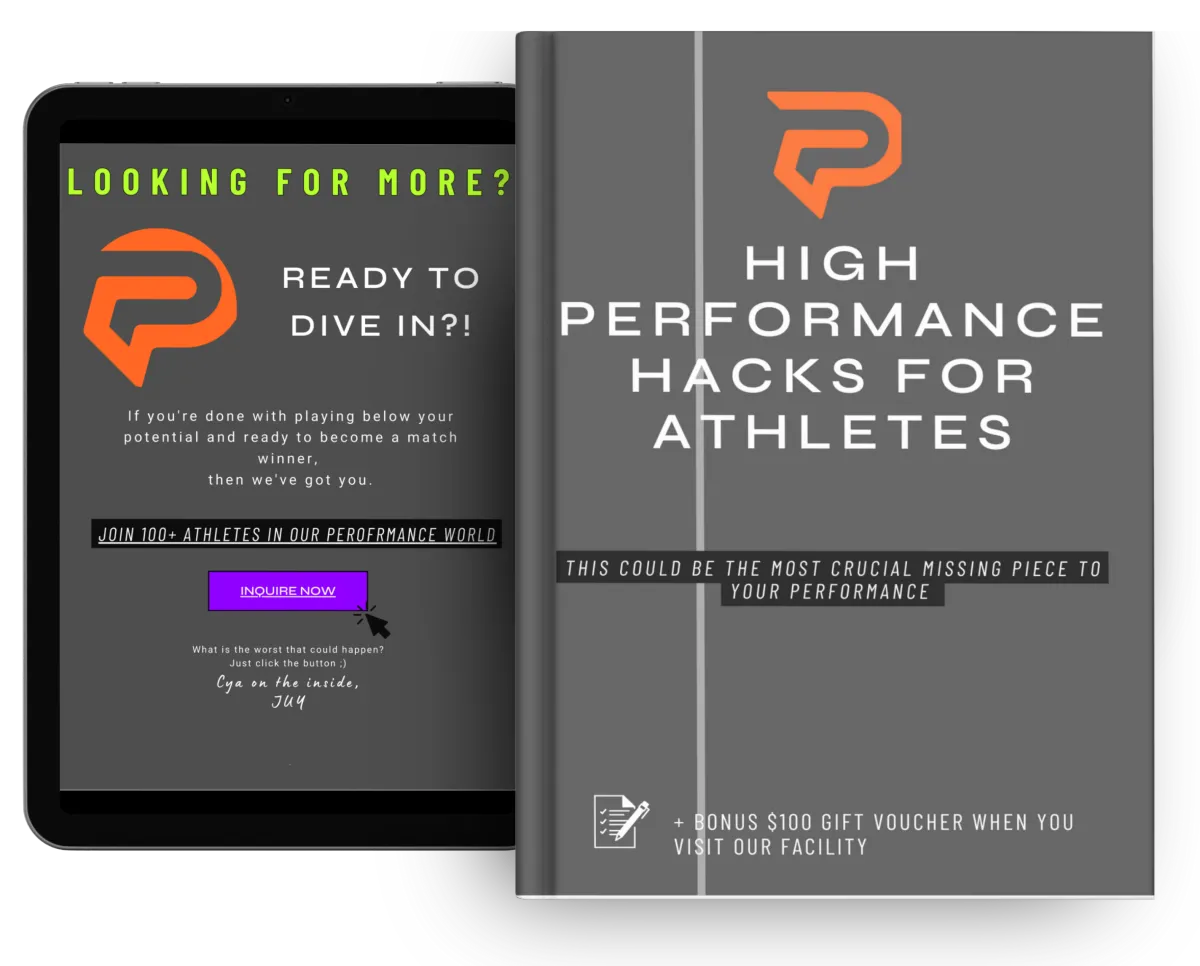



Do you like the look of working with us?
Contact Us
We’d love to hear from you. We consult for individual athletes and sports teams. Tell us what you’re looking for, and we’ll guide you to the services that are right for you (even if that's not with us!).
Website & Marketing Powered By Gymini







